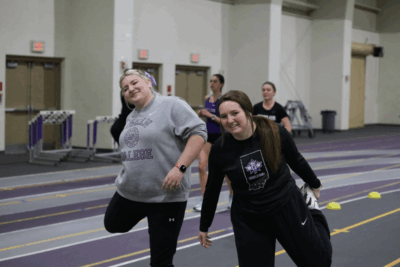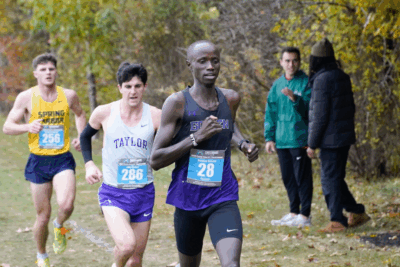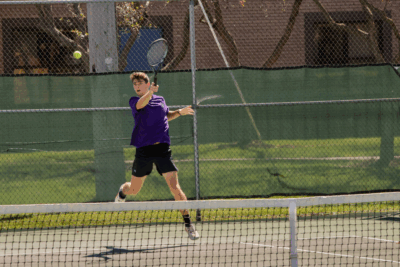In an effort to attain a larger incoming class for 2009 and to build better teams, Goshen College created a new scholarship model for its athletics program. The program seems to have worked, considering the large proportion of athletes who are new to GC this year. Of 292 athletes, 104 are first years and 11 are transfer students.
Coaches who recruit more student athletes now receive more funding for scholarships. The new model took effect in September and greatly contributed to Goshen’s highest enrollment in 27 years (with 237 incoming students), according to Tim Demant, Goshen’s athletic director. This year, 39 percent of Goshen’s athletes are first-year or transfer students.The athletic department proposed the new model in December of 2008. The model is based on the fact that more students bring more money to the school. Therefore, coaches who bring more students are awarded a larger portion of that incoming money to provide scholarships for the athletes. Teams with larger rosters get a bigger budget, but smaller teams do not lose money. There is a base amount given to each team.
“Roster sizes that we use for base scholarship amounts vary per sport,” Demant explained. “Tennis is 10, golf 8, basketball and volleyball 12, Softball 16, Baseball 26, Soccer 20, Cross-country 15. Each additional roster spot after that contributes an extra per-person scholarship amount.”
The new scholarship model benefits everyone involved; the school gets more money and students; the teams are encouraged to have more players; and the athletes receive more scholarship money.
“It’s a win-win situation for everyone,” said Demant, though emphasizing that the new model is especially beneficial for the athletic department. There is currently a total of 292 student athletes attending Goshen College this year, a major increase from last year, when the college had 230 athletes. He also credited the new model for the large incoming class saying: “Record enrollment was largely due to coaches increasing their rosters.”
Although there is more money to support student athletes, the average amount of financial aid for them is nearly the same as last year. The large incoming class provided more tuition income, but the amount of aid increased proportionately to the amount of people. This simply means that more students were able to receive financial aid.
Because of the positive results, Goshen College will continue to use the new scholarship model for athletes in the coming years.


